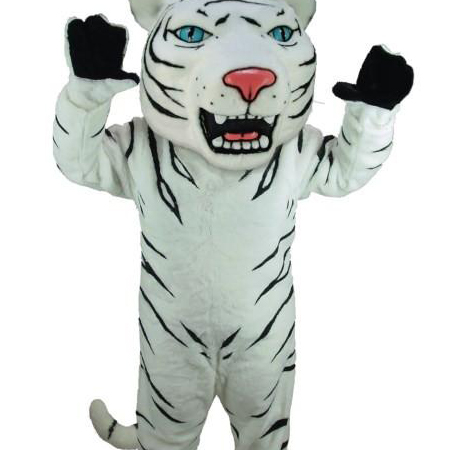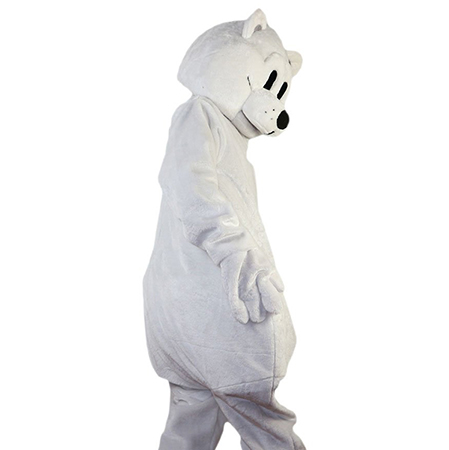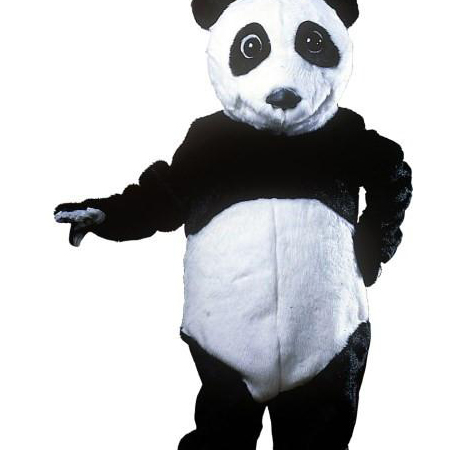The art of transforming into a lion through mascot costumes is an intricate dance between drama and physical expression. This unique form of performance demands more than just donning an elaborate costume; it calls for a deep understanding of body language, rhythm, and the ability to convey emotion without words. Performers must harness their full-body expressiveness to breathe life into their characters, creating an engaging spectacle that captivates audiences of all ages.
Mascot costumes often weigh over fifty pounds and require performers to adapt to limited visibility, restricted movement, and altered auditory perceptions. The lion mascot, in particular, embodies grace, strength, and playfulness—attributes that performers channel through meticulous practice. Every twitch of the tail, every flick of the ear, and each calculated step must be executed with precision to mimic a lion’s natural movements convincingly.

In traditional Chinese lion dancing, these principles are taken to another level. Here, the lion costume becomes an extension of the dancer’s body, merging seamlessly with the choreography. The drumbeats guide the lion’s movements, from the subtle sway of its head to the powerful leaps and bounds, embodying both discipline and spontaneity. The synchronization between music and motion not only showcases the performer’s skill but also heightens the emotional intensity of the performance.
Expressiveness isn’t confined to facial expressions within the lion costume; rather, every inch of the performer’s body contributes to telling the story. The arch of the back can convey curiosity or readiness, while a slow, deliberate paw placement might suggest cautious exploration or reverence. Even the costume itself, designed with vibrant colors and detailed craftsmanship, plays a role in amplifying these expressions, making the lion appear more dynamic and lifelike.

Training for such roles involves rigorous physical conditioning and an acute sense of spatial awareness. Performers undergo extensive rehearsals to perfect the balance between controlling the heavy costume and maintaining fluid, expressive movements. They learn to manipulate the costume’s features—such as the mouth and eyes—using levers and straps inside the suit, allowing for nuanced communication with the audience.
Cultural significance also adds depth to lion costume acting. In many communities, the lion dance is performed during festivals and celebrations, symbolizing luck, prosperity, and warding off evil spirits. Understanding this cultural context enriches the performer’s portrayal, enabling them to connect more profoundly with the audience and honor traditions passed down through generations.

Modern adaptations have seen the fusion of traditional lion dancing with contemporary dance styles, broadening the scope of expressive possibilities. Choreographers now incorporate hip-hop, breakdancing, and even parkour into lion routines, infusing new energy while preserving the essence of the performance. This blend not only appeals to younger generations but also pushes the boundaries of what full-body expressiveness can achieve within the confines of a mascot costume.
In conclusion, mascot costumes offer a unique platform for performers to explore the intersection of drama and dance. Through dedication, creativity, and a deep connection to cultural heritage, those who don the lion mantle transform into more than mere entertainers; they become storytellers, using their entire bodies to convey joy, wonder, and tradition to all who witness their performances.

